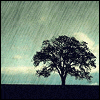
Haiku is a poetry form that most people are familiar with. The basic format is three lines of a set number of syllables: 5-7-5. It's easy to learn, but it takes many years for someone to be considered a master. I have always enjoyed reading Haiku. Currently, I'm trying my hand at it. A few recent poems of mine will follow, but I feel the need to explain a bit of the history of Haiku. It will kind of illustrate some of the things that I dig about it.
Haiku focuses on a single moment. It's rooted in the physical world senses, but it goes deeper than that. I find it to be a very personal form of self expression. It can be quite deep and profound, even in it's simplicity. It is derived from an earlier Japanese poetry form known as 'Tanka', a court poetry used in the 9th-12th centuries. Court themes and religion were usually the topics for 'Tanka'. It is made up of 5 lines containing a set number of syllables: 5-7-5-7-7. It became popular to link the poems. One poet would write the first part of three lines (called 'Hokku') that would set the tone for the poem. Then another poet would write the next two lines. A third poet would build on it with three lines, and so on and so forth. This chaining of verses is known as 'Renga'.
Those poets that mastered the art of composing the initial three lines, or Hokku, earned much respect. During the 19th century, Hoku began to be written and read as one poem, in large part to the work of Masaoka Shiki .
During the Edo Period (1600-1868) there were three well known masters: Basho, Buson, and Issa. Their work still holds great influence on the art form today. They all were from rural villages, and honed their craft by observing. They were known as traditional Japanese wanderers, as they would wander the countryside studying nature and the human condition.
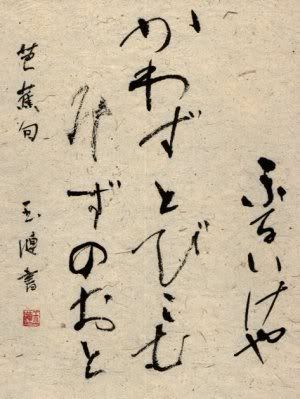
An old pond—
The sound of a frog jumping
Into water
- Matsuo Basho
Basho (1644-94) stood out as the father of Haiku. (Haiku is derived from the word Hokku). A Taoist He broke free from the normal conventions of Japanese poetry and wrote outside of the confines of the court and religion. He wandered the countryside, keeping journals of his travels.
I have an earlier post entitled "Come Relax By The Pond..." that features music from 'Basho's Pond: Music From the World of Osho', and a couple of Basho's Haiku's. Wonderful stuff. I recommend playing the music while you read the poems and look at the pictures...for full effect. ;)
(This is more music from "Basho's Pond".)
Now for some of my 'beginner' Haiku's. It is a really fun and creative art...one that I find extremely challenging. It's diffcult in it's simplicity, if that makes sense. I have a tendency to be overly verbose, and this edited down poetry form is tough for me. I'm sure with time I will get more comfortable with it.
The poems I have posted are based on some of my photos...I scanned through a bunch that I took over the last year or so, and selected a few.
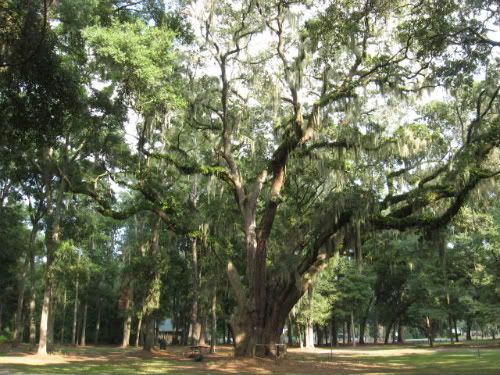
Wandering limbs wide
Feathered and verdant, The tree
Worships scattered sun.
~ L.E. Brown
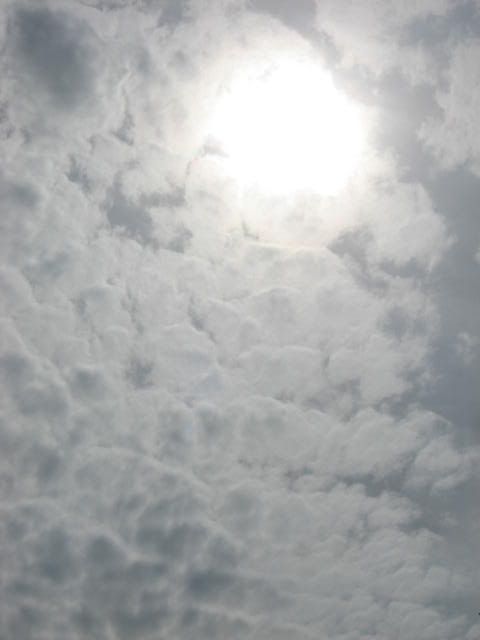
White slate finger waves
Woolen clouds cast their veil o'er
The luminous sun.
~L.E. Brown
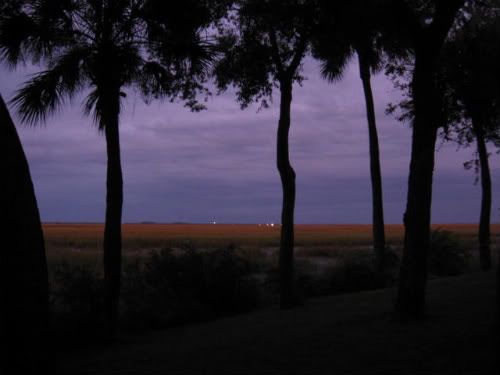
Silent dark palms gaze
Flat burnt orange horizon
Meets indigo sky.
~ L.E. Brown
It truly is a challenge getting the proper balance of simplicity and description in so few words. I'm toying with the idea of starting one of the chained poems (Renga) I mentioned above. If I do, I'll set it up on it's own page, so participants can leave their contributions as comments. I think it could be fun and interesting. Let me know if you would like to participate. Just leave a comment on this post.
I liked them, especially the first and last one. I enjoy Haiku's immensely and thought about trying my hand as well. Maybe one day, but right now no words come to mind. Keep it up though.
ReplyDeleteWhen I make a Haiku post I will give you all the credit for inspiring me. Thanks!
ReplyDelete